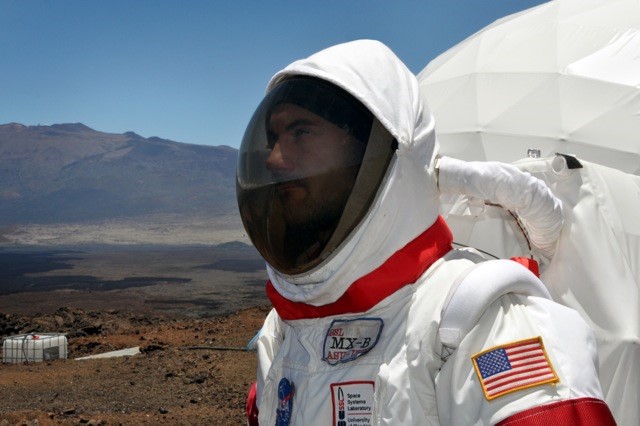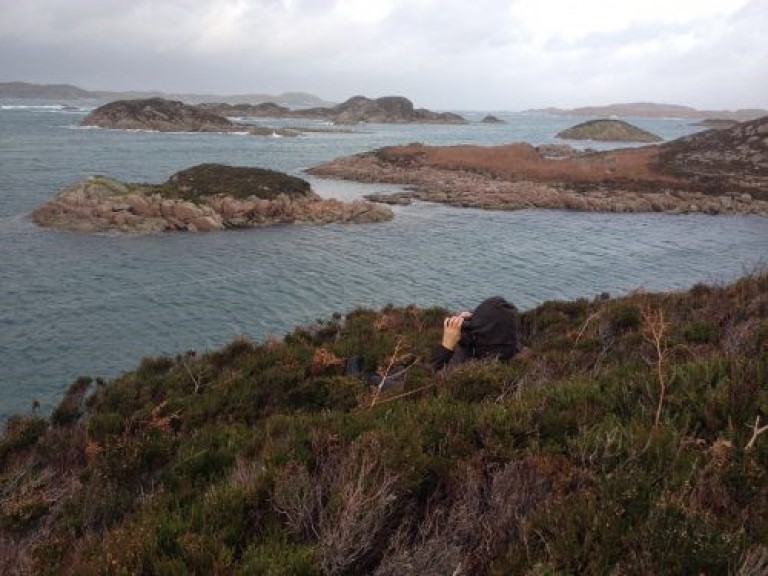Course
Course“Studying fine art is not a choice, but an inner necessity”
BEAR in Arnhem is a unique art course. The course was founded in 2013 based on an unshakeable belief that the power of art lies in imagination, experiment and the coexistence of different perspectives. Today’s art is as complex and diverse as the world we live in. In this world, art stands out because it does not conform to the prevailing models, but questions and researches them. At the same time, art connects with the world: it is part of it, comments on it and intervenes in it.
In a short time BEAR has achieved a position among the most progressive Fine Art bachelor programmes. We are greatly appreciated for our involvement in social issues and for the progressive forms of education that form the core of the BEAR model.
Never touch the ground
PRISCILA FERNANDES, HEAD OF DEPARTMENT
Mariel Smit Fine Art (BEAR) - ArtEZ Finals 2017
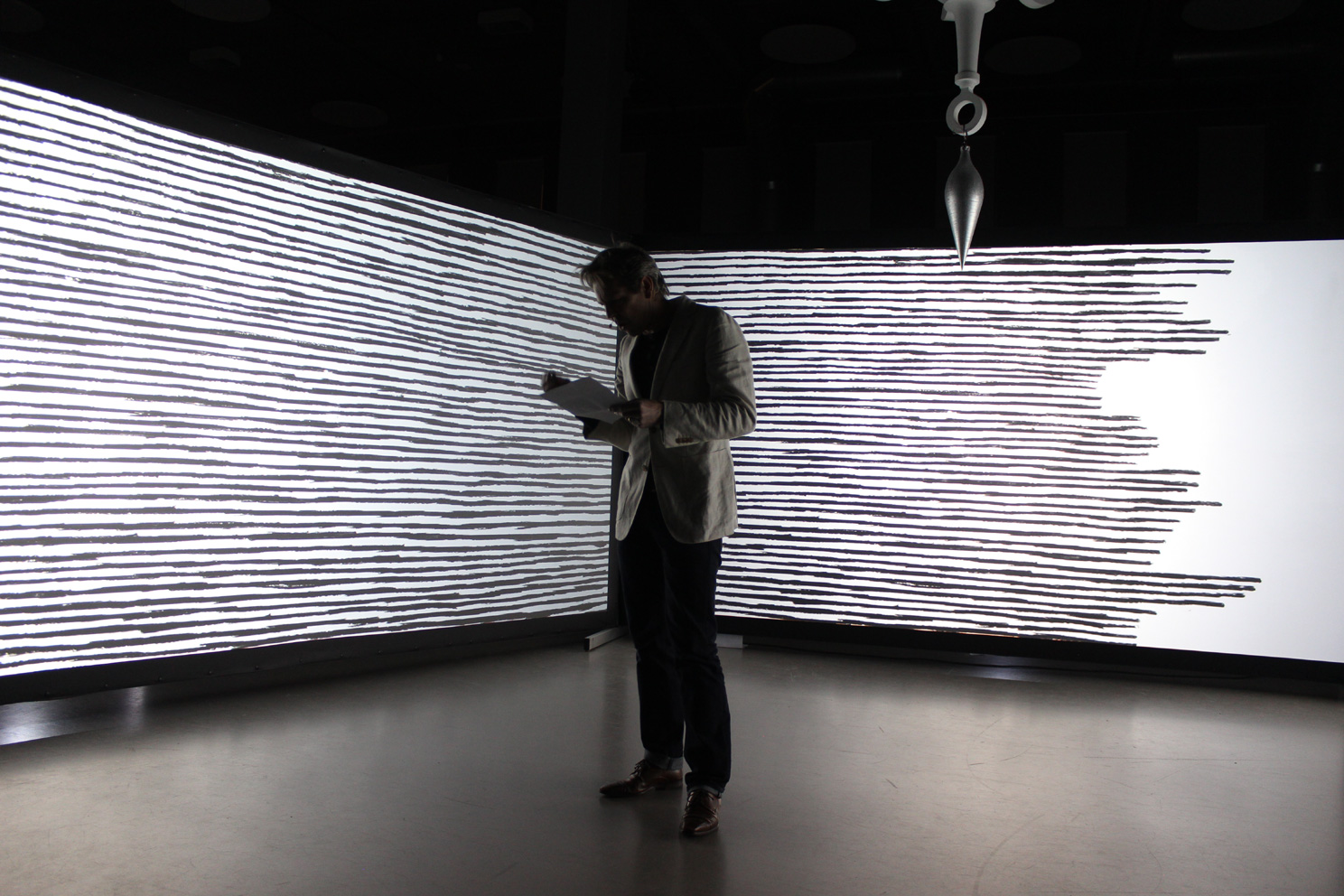
'De kracht van Oost' (Robbie Cornelissen en Dirk van Weelden (text)
Study trips
A wide range of travels, sights and experiences are necessary for an artist. That is why we organise various excursions and study trips. At times this involves the entire program (Venice, Vienna, Cologne) and at other times, only the tutor, theory or project groups (New York, Brussels, Amsterdam). Workweeks will be organised in special locations in Germany or Spain, for example. A study trip that includes a professional experience, may also serve as an internship. Shorter excursions will mainly take place during project weeks, such as a trip to the Hortus Botanicus.
Structure of the course
Principles of the Bachelor of BEAR Fine Art: Base for Experiment, Art and Research in Arnhem:
- Our education aims to develop you into a visual artist with a personal profile, who occupies their own artistic place in art and society.
- Our education is provided in the context of contemporary artistic discourse and contemporary practice.
- We enable you to study the value of a wide range of materials, media, techniques and approaches for your own development as a visual artist.
- We familiarise you with different positions in art history, cultural history, art theory, media theory and philosophy. You learn to talk and write about your own work and that of others, and about the place and importance of artistic research in your work.
- Throughout the course there is continuous interaction between the personally driven experiment and the common discussion.
- We question you all the time; both on your output and on your reflection as well as on the social context.
- We expect you to share your work with others and adopt a social, open attitude.
- You are taught by artists, theorists and curators who incorporate their own projects and work into the course.
- We encourage you to be critically aware of the context in which you work.
Lectures and debates
In addition to the theory classes, you can attend a lecture or debate almost every week, held by tutors, scientists, gallery owners or curators from all over the world. The programme focuses on fine art and the place of art and culture in society, introducing you to the ideas and work of a wide range of artists and other professionals.
The lectures and debates are open to everyone, including those who have not yet enrolled on the Bachelor of BEAR Fine Art in Arnhem. The lectures are broadcast live online. The links can be found in our Instagram and Facebook accounts.
People who have already given lectures include: Jay Tan, Mirjam Westen, Zachary Formwalt, Nat Muller, Korrie Besems, Prof. Johan Wagemans, Cornel Bierens, Prof. Wil Roebroeks, Nadine Botha, Zhana Ivanova, Alexandra Navratil, Mercedes Azpilicueta, Mounira Al Solh, Kate Cooper, Chto Delat, Jonas Staal, Beatrice Catanzaro and Jeanne van Heeswijk.
Study in Arnhem
Arnhem stands for green, creativity and enterpreneurship. As a student city, it literally offers space for many different initiatives.
More aboute studying in Arnhem
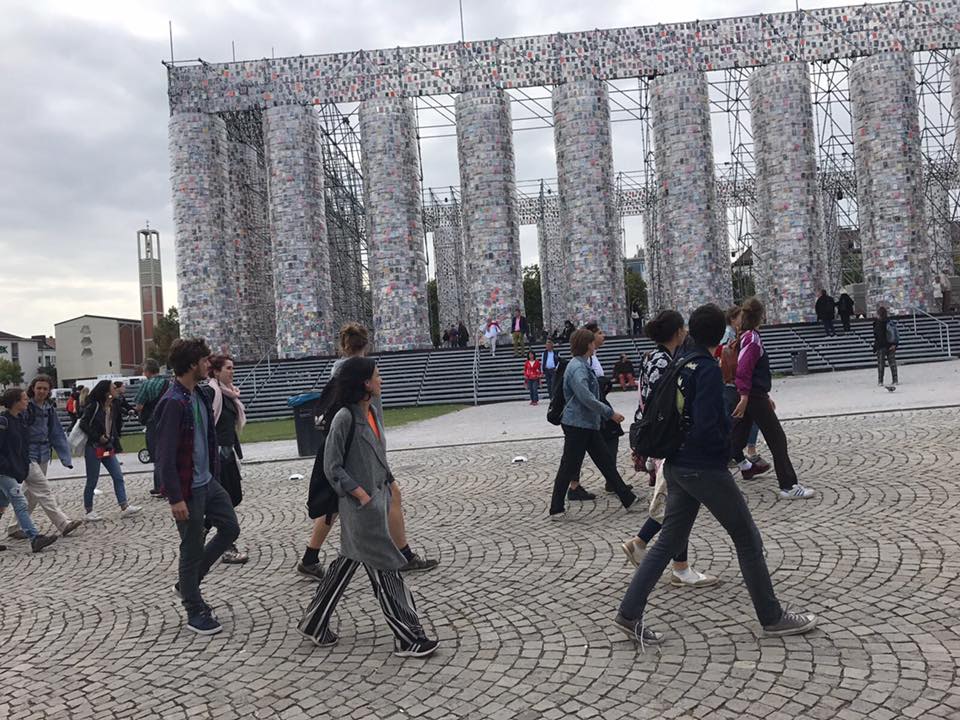 Study trip Fine Art (BEAR) Documenta Kassel 2017
Study trip Fine Art (BEAR) Documenta Kassel 2017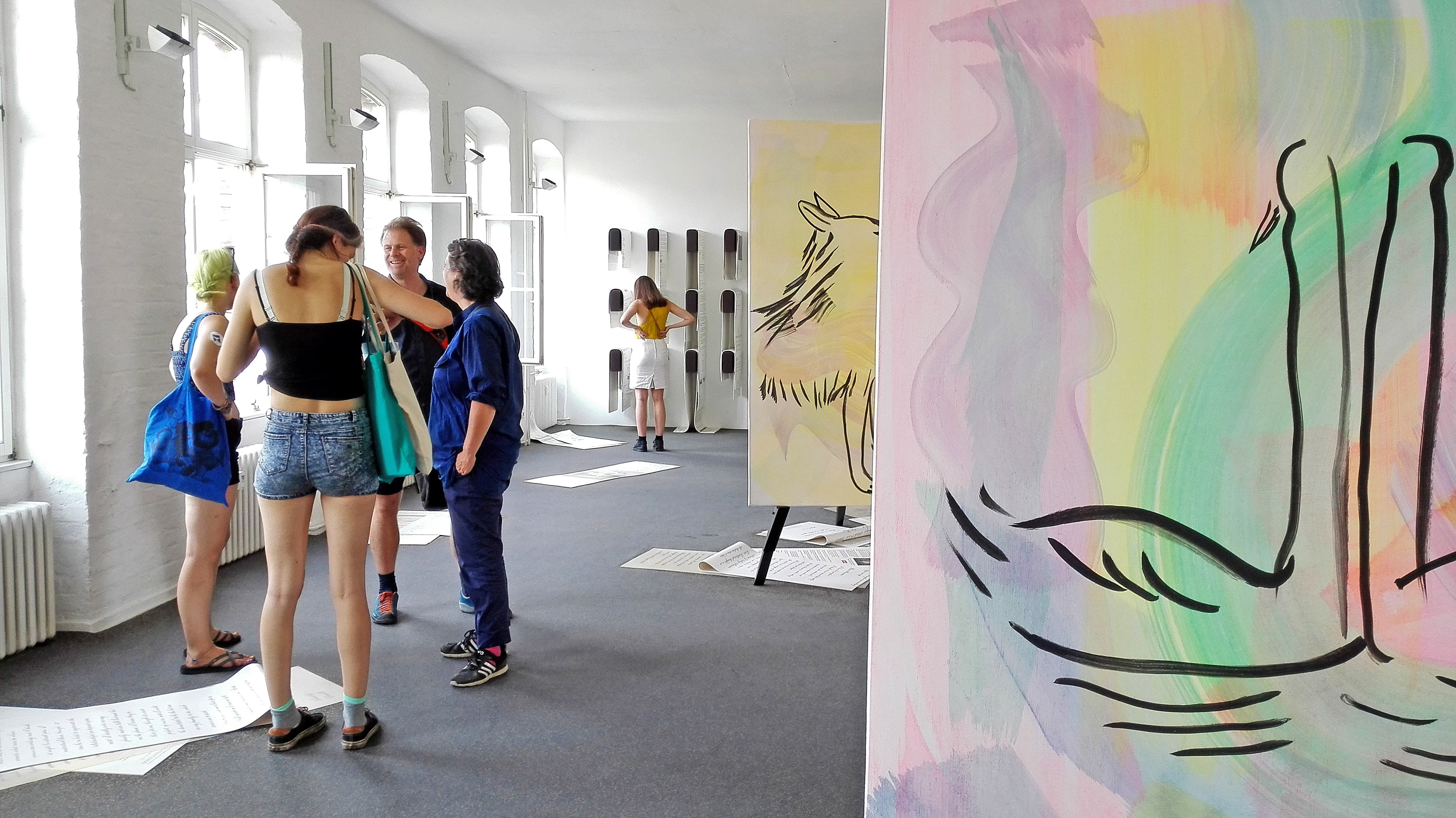
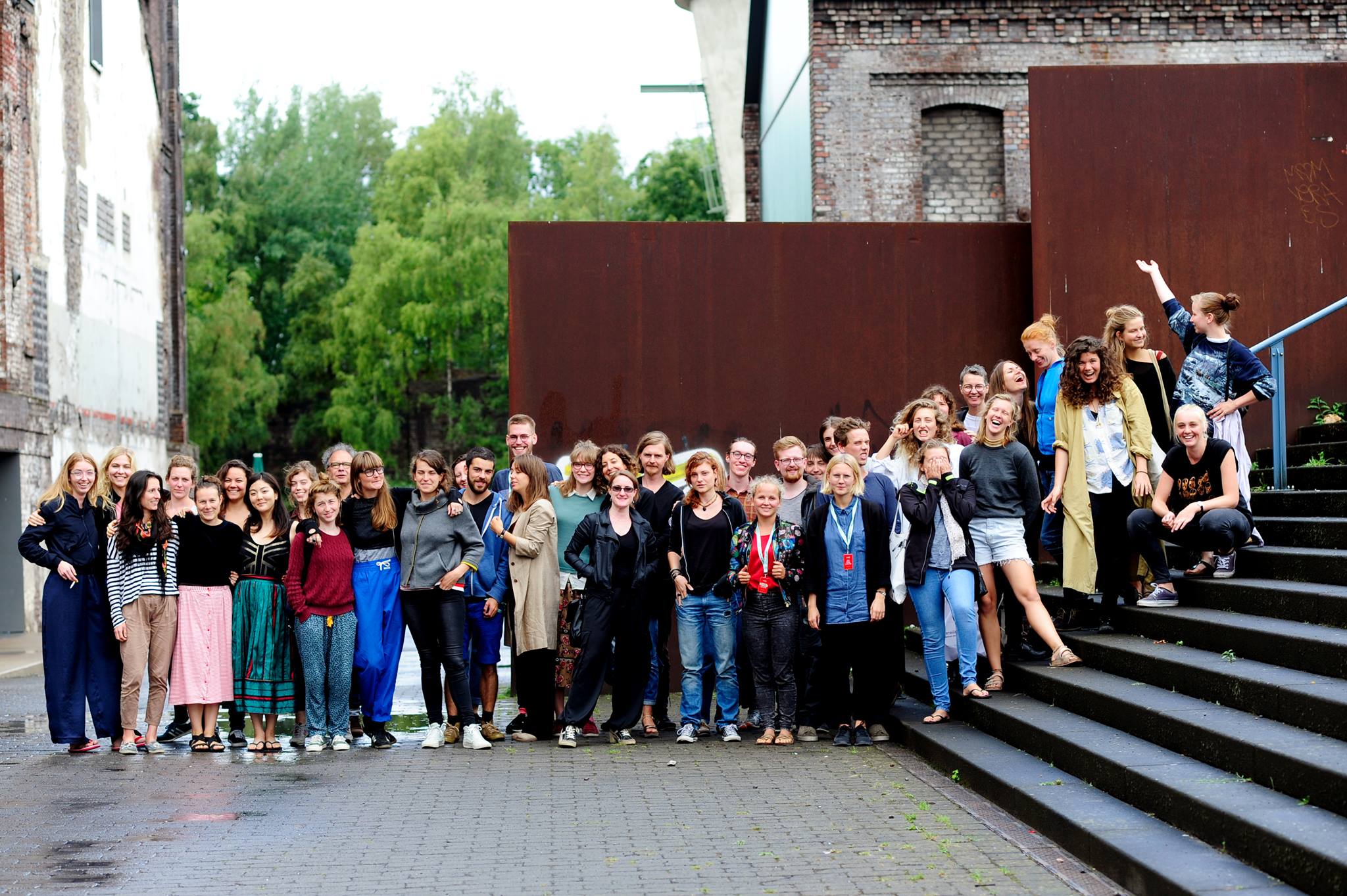 Ruhr treinnale the bearians 2016
Ruhr treinnale the bearians 2016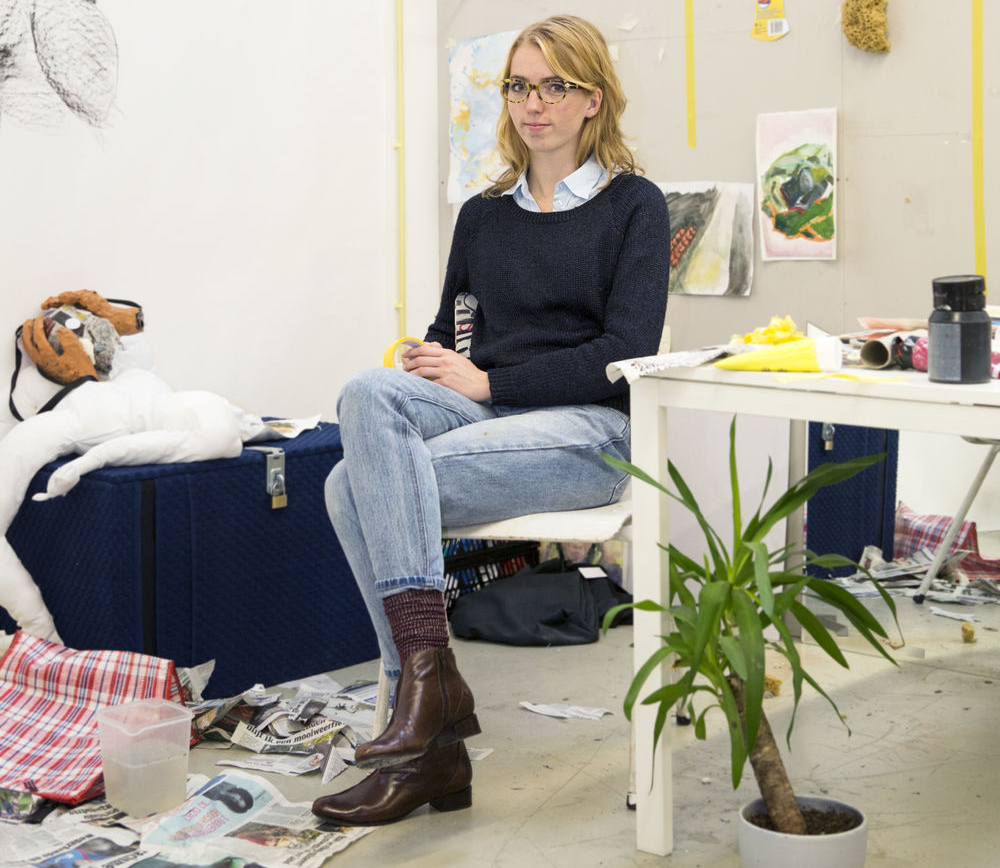
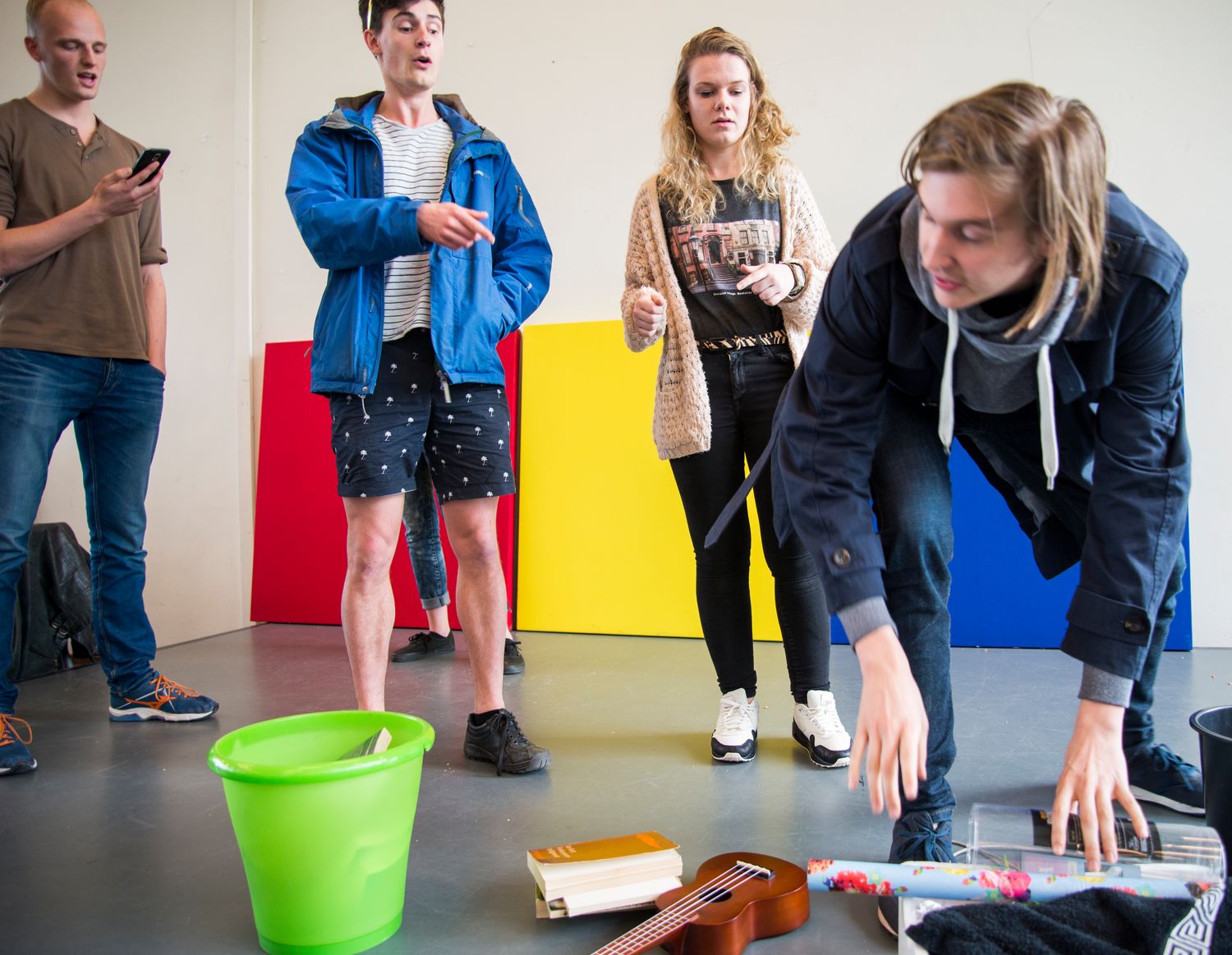 Project Pleasure Island - BEAR Fine Art with other disciplines
Project Pleasure Island - BEAR Fine Art with other disciplines